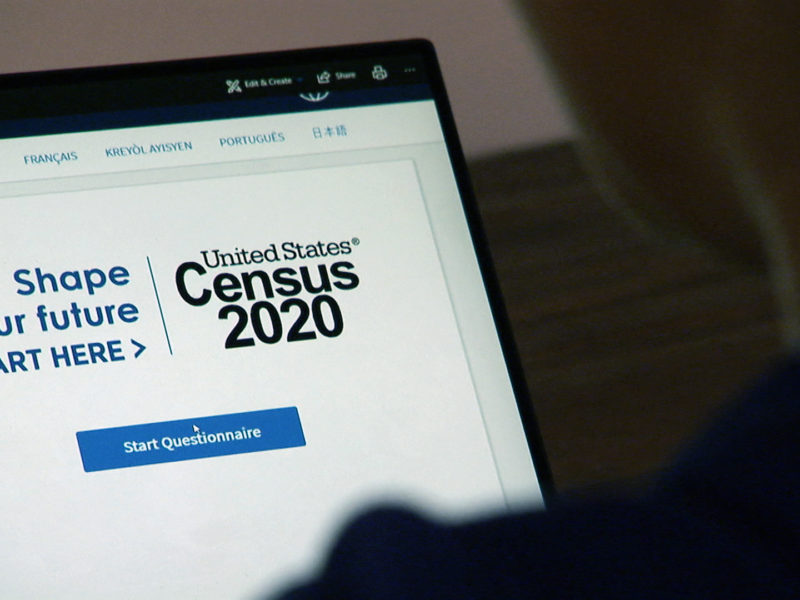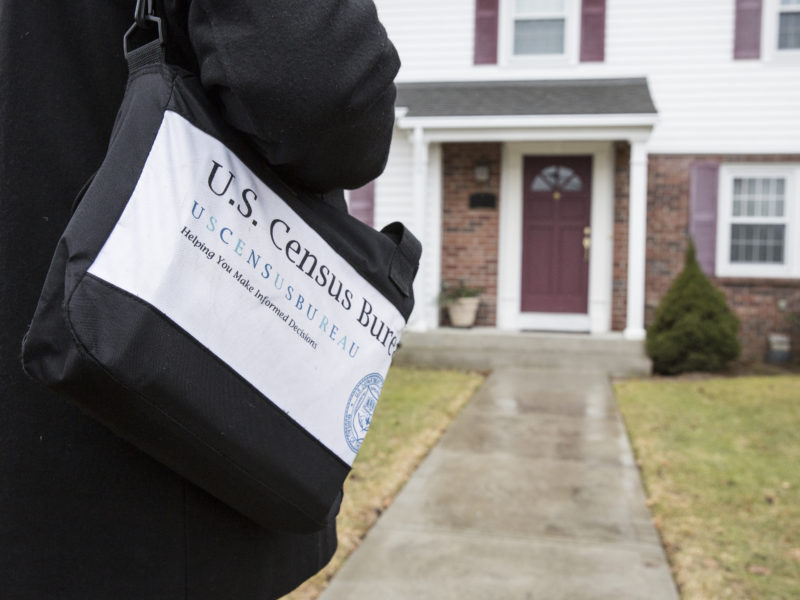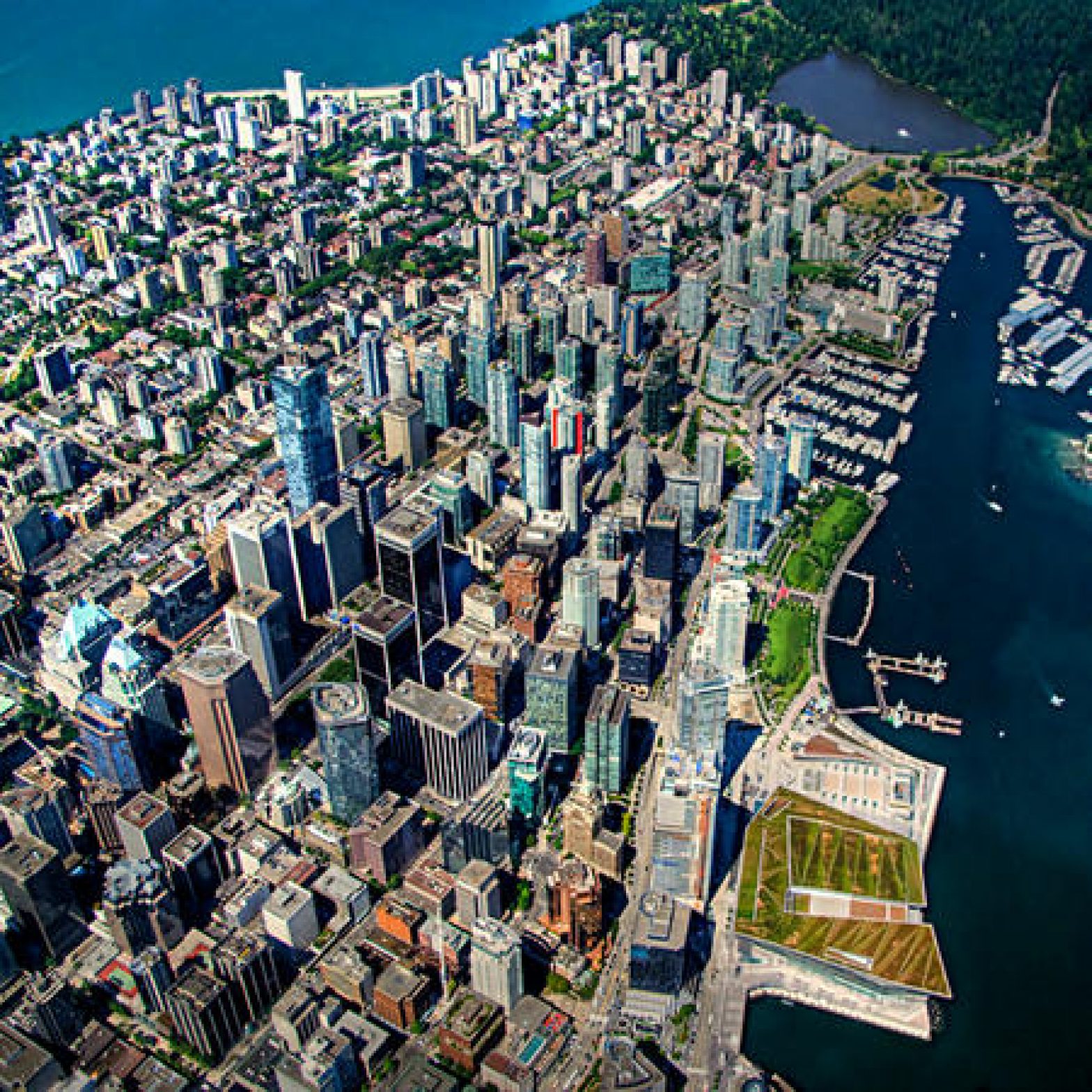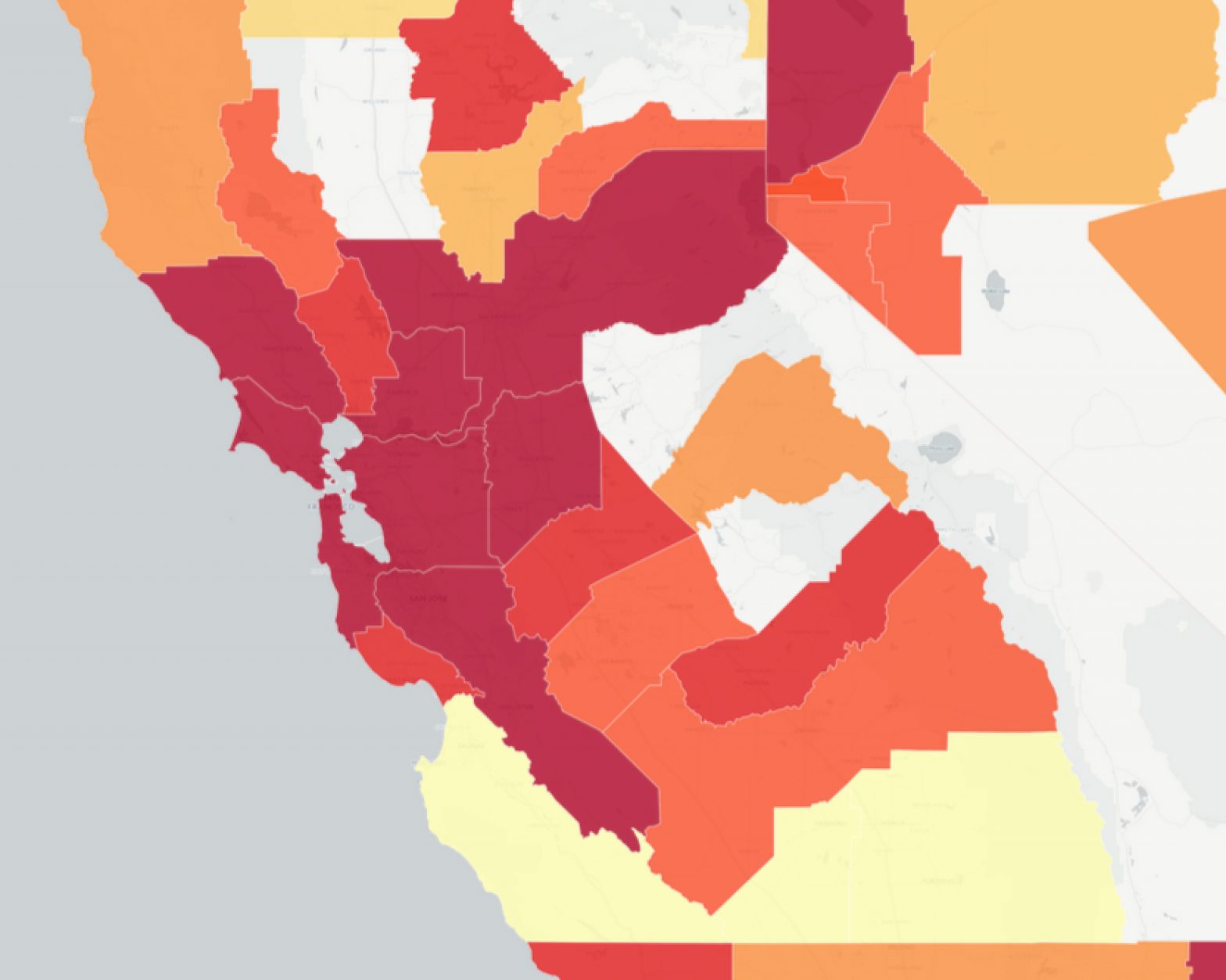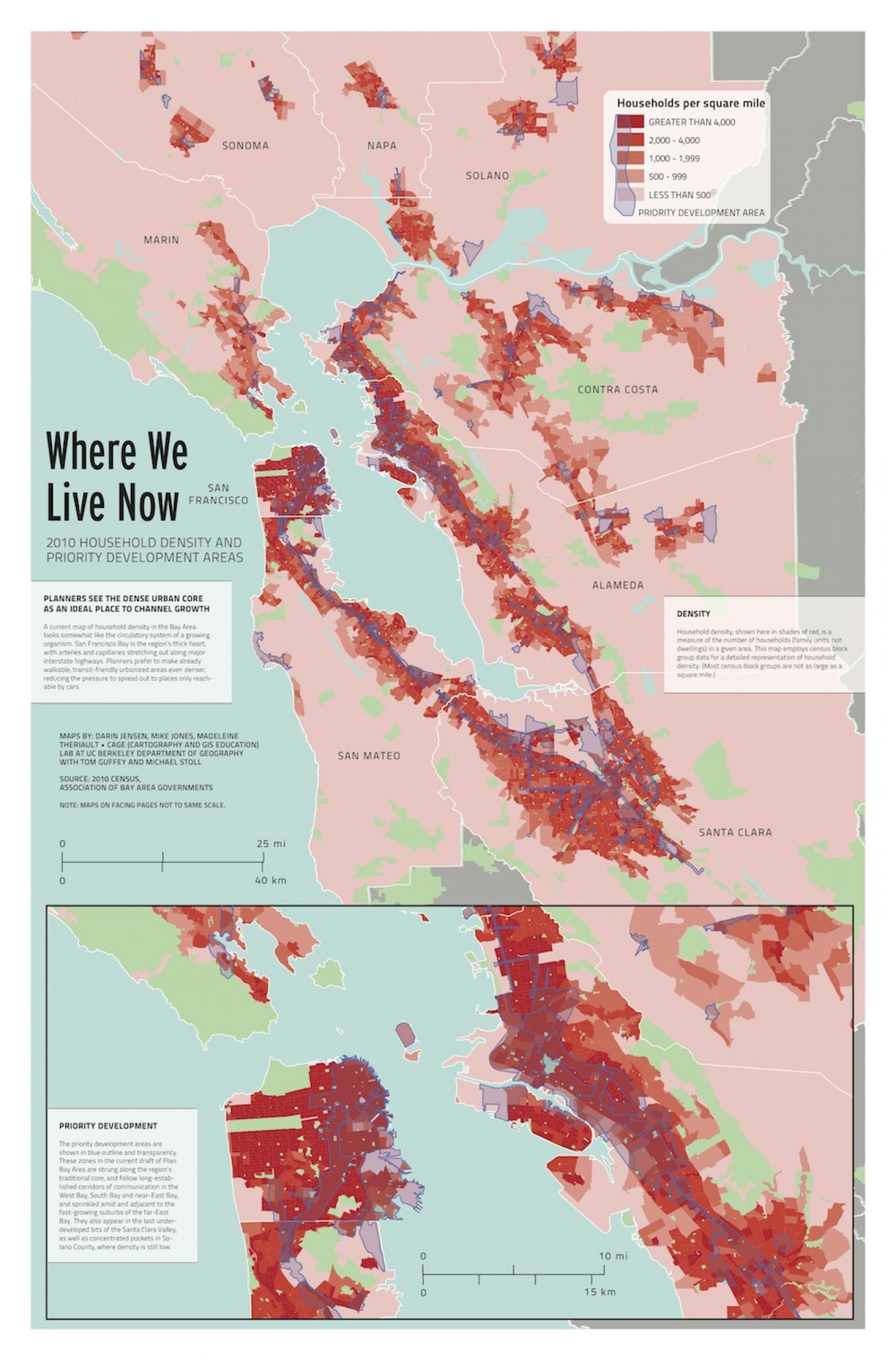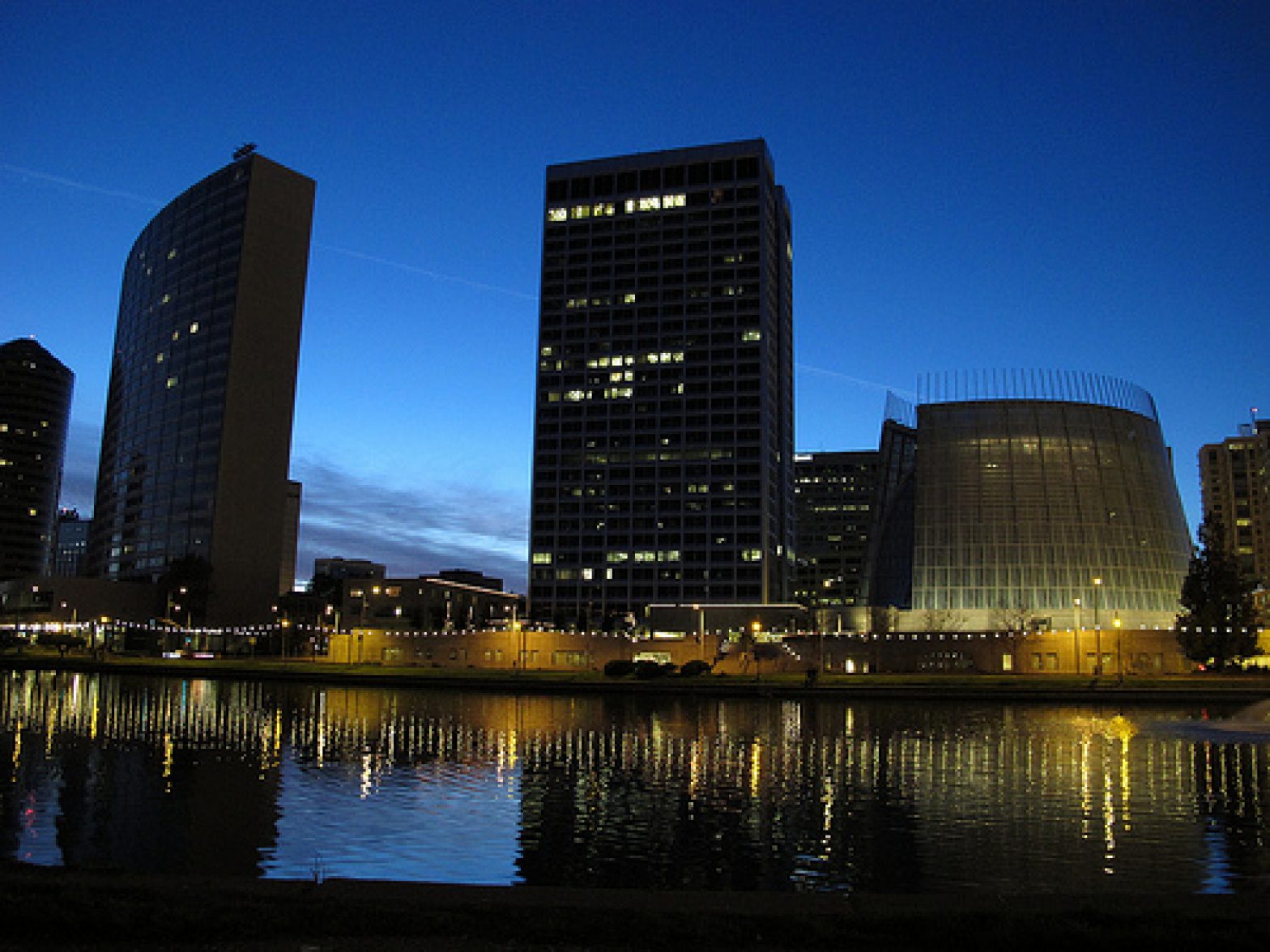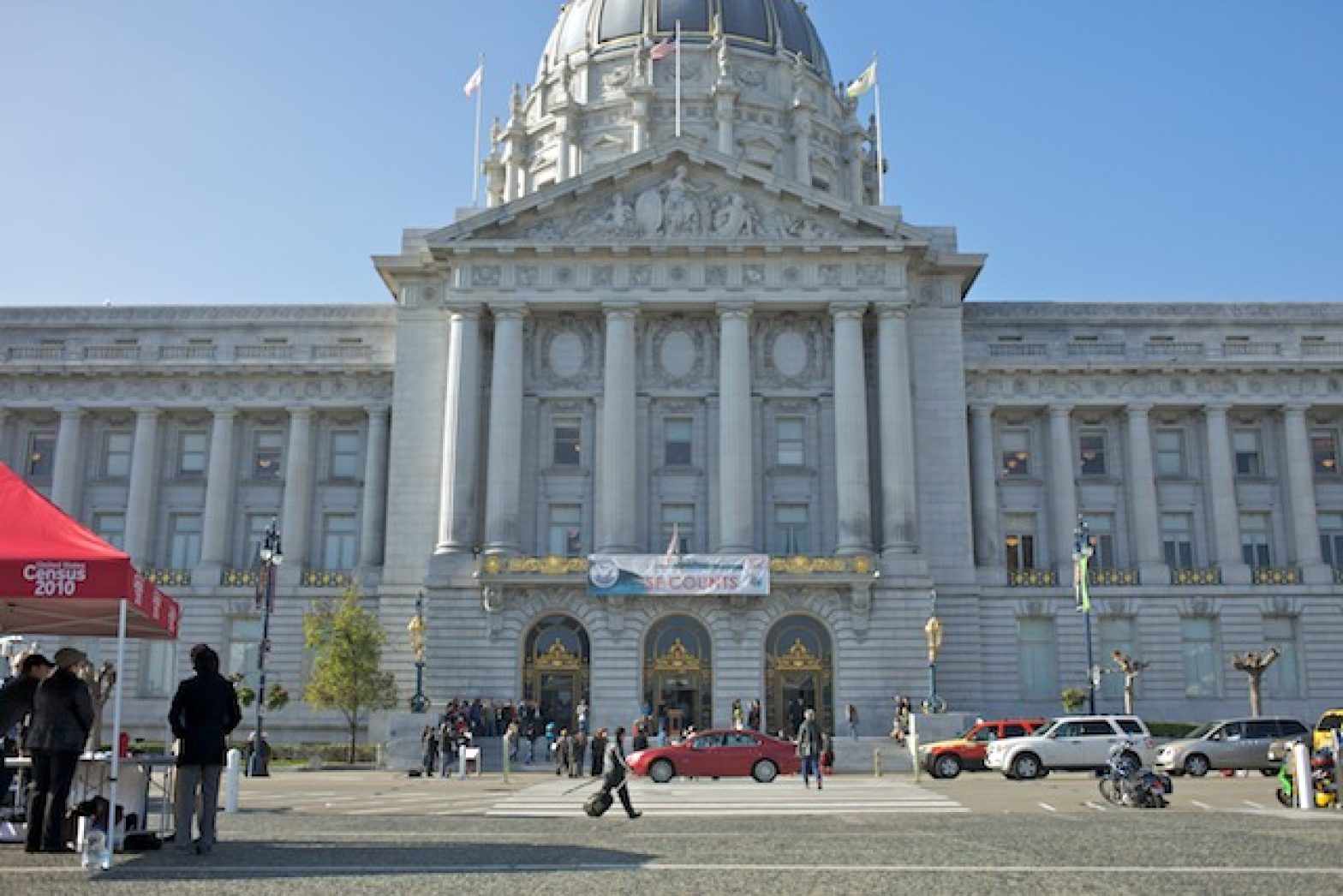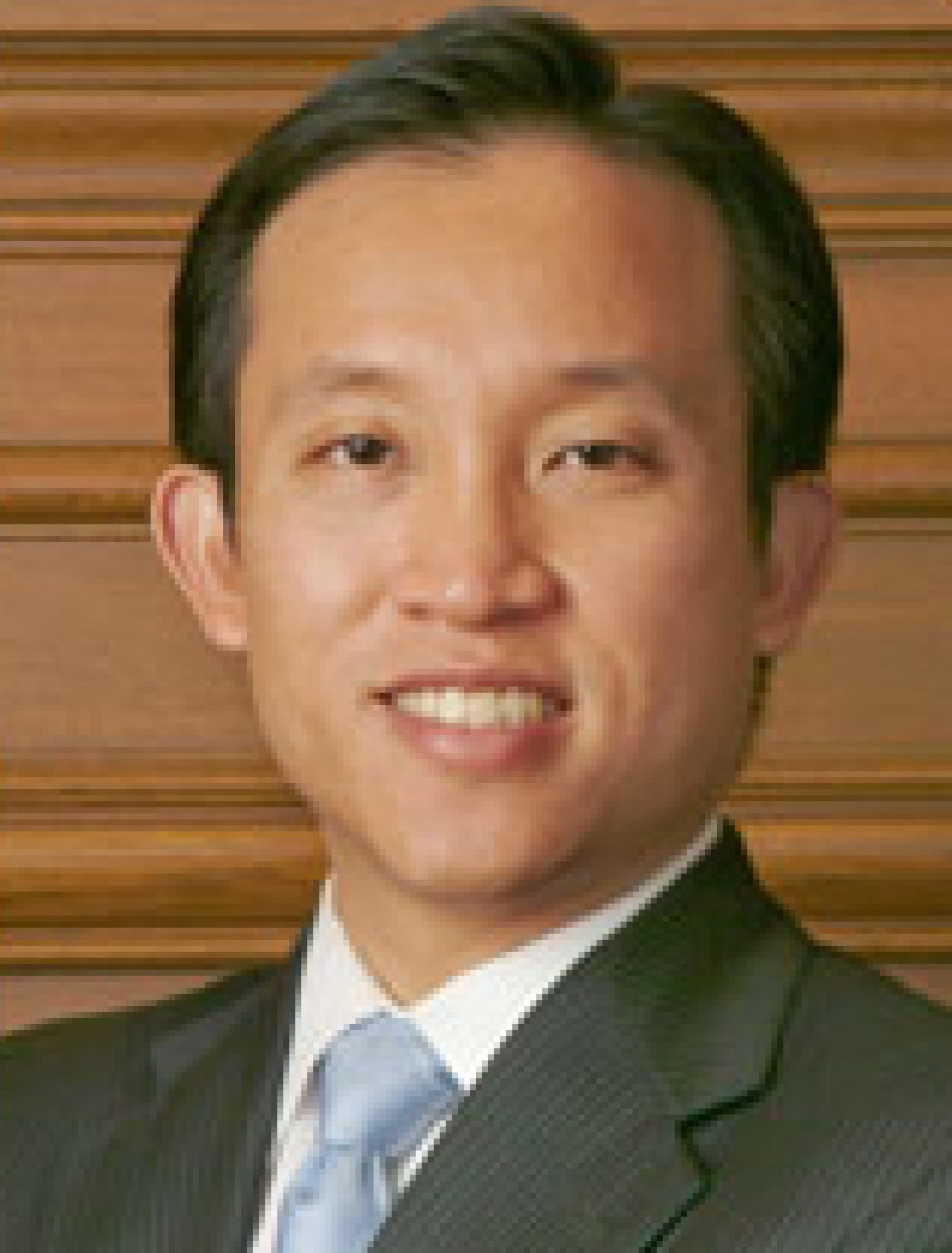Redistricting, the process by which electoral districts are drawn, will happen locally as well as at the state and federal levels. San Francisco will use census and resident input to redraw its supervisorial districts, a process that begins this year and will likely carry on into 2022. Alison Goh, president of the League of Women Voters of San Francisco, explained to “Civic” how the process will work and outlined the transparency and outreach the League wants to see from the city.
Bay Area
Cities Sic the Taxman on Vacant ‘Ghost Homes’
Is an abundance of vacant units worsening the Bay Area’s housing crisis? That’s what some politicians have suggested. Their solution: a new tax on landlords who leave residential and commercial properties unrented. Oakland will vote in November and an S.F. measure is being planned for 2019. Vancouver, Melbourne and Paris already levy such taxes.
Bay Area
Census Estimates Show Bay Area Growing Faster than Expected
New residents are flocking to the Bay Area faster than regional planners previously expected.
Bay Area
Map: Where we live now — 2010 household density and priority development areas
Part of the challenge facing regional planners, who wrote the 30-year Plan Bay Area, is that it is hard to predict future population growth. The current list of more than 200 potential priority development areas in the plan tracks established high-density zones closely, indicating that the Association of Bay Area Governments, the Metropolitan Transportation Commission and other regional agencies want to fill in developments in areas that are already highly urbanized or near mass transit lines, instead of in undeveloped or underdeveloped suburban settings. This map helps readers of the Public Press’s summer edition special project, Growing Smarter: Planning for a Bay Area of 9 Million, understand these trends.
Bay Area
Black flight from Oakland to suburbs is reshaping makeup of the city
Oakland remains the largest African American city in California after Los Angeles. In the last decade, however, the city has had a net loss of 33,000, nearly a quarter of its African American residents. This decline is part of a larger trend seen across cities nationwide.
Census
Census methods could provide lift to hidden homeless
The 2010 Census may address an old problem in dealing with San Francisco’s homeless population by getting an accurate head count. The city’s homeless figures have ranged between about 6,500 and 8,600 people in the last decade, but the real number is anybody’s guess. The sketchy knowledge of who is living on the street has been a big impediment to perennial attempts to solve the crisis.
Census
San Francisco officials concerned about possible Census undercount
As the U.S. Census Bureau gears up for the 2010 count, it has made a significant change in how it engages immigrants — this is causing some city officials concern that San Francisco may lose out on hundreds of millions of dollars in federal funding, which in turn may lead to distorted electoral representation.


